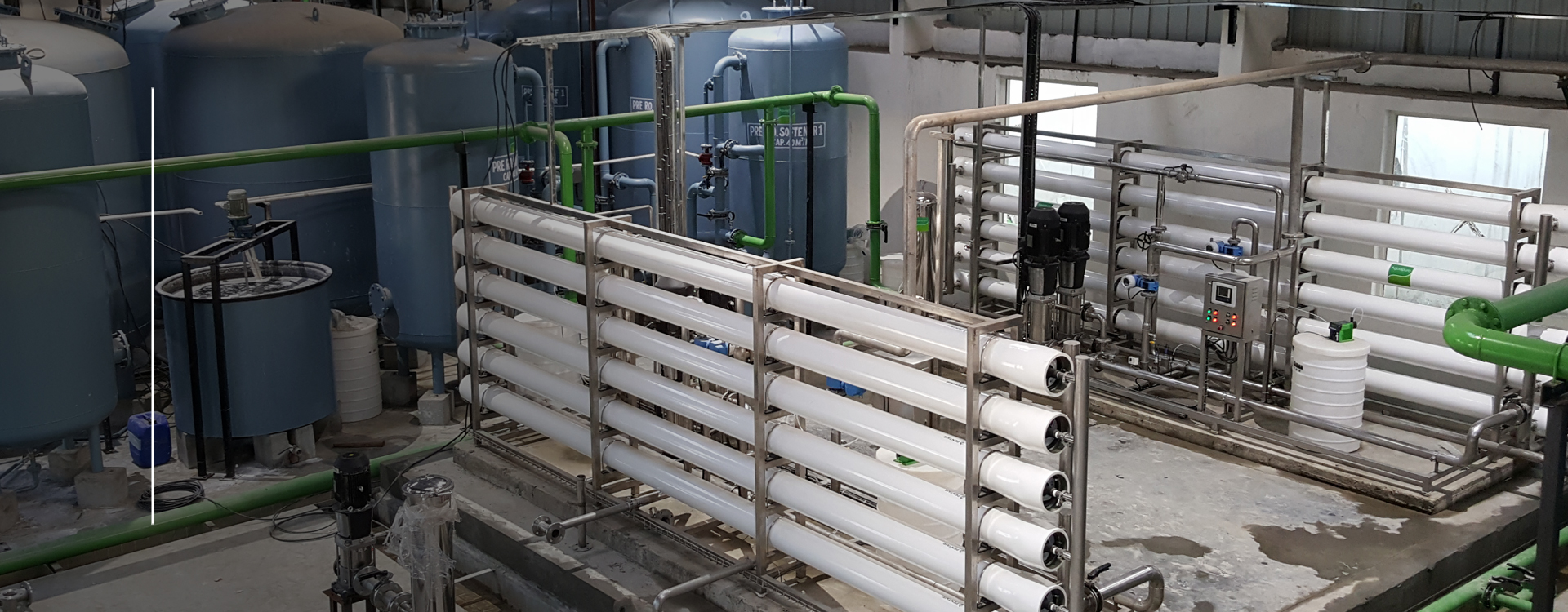
Waste Water Treatment Plants
Post Treatment Reverse Osmosis

Waste Water Treatment Plants
Post Treatment Reverse Osmosis
Reverse osmosis (RO) permeate is aggressive, corrosive since it is soft, low alkalinity water with slightly acidic pH. Unless properly post-treated, finished water from RO facilities can cause corrosion to downstream fixtures and piping including the distribution system. Post-treatment includes chemical addition to adjust water quality. Blending a controlled amount of raw water with permeate before disinfection and distribution is typically applied when water quality allows to lower, or in some cases eliminate, consumption of corrosion control chemicals. If corrosion does occur, the problems range from aesthetic (e.g., “red” water caused by iron) to major public health issues (e.g., elevated lead concentrations). One of the unit processes for post-treatment, contact with calcite (i.e., calcium carbonate, CaCO3, media), is not widely understood by RO practitioners. This paper applies to both brackish and seawater RO projects and will be of interest to utilities, operators, and engineers who currently own or are considering calcite contactors. The paper reviews the chemistry and theory, including chemical equations, and the impact of key operating parameters (e.g., loading rate, velocity, contact time, bed height). Simple calculation methods are presented to assist engineers and operators in determining addition of alkalinity, consumption rate of calcite media, and the related change in empty bed contact time at those conditions, therefore helping operators and managers plan when new calcite media should be added. Combined, the addition of alkalinity and calcium hardness, as well as increased pH, can adjust corrosion index values of the water, such as Langelier Saturation Index (LSI) and Calcium Carbonate Precipitation Potential (CCPP) to meet corrosion guidelines. Typical guideline values are LSI of 0.2 to 0.4 and CCPP of 4 to 10 mg/L as calcium carbonate, but a site specific determination is advised. One of the key limitations of calcite addition is the risk that it may increase finished water turbidity. Therefore, care must be taken in design and operations of calcite contactors to avoid excessive elevation of turbidity in the finished water.
Get an Instant Quote